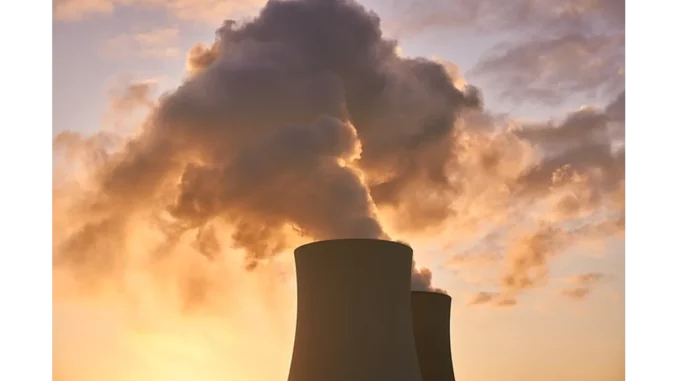
The installation of the reactor pressure vessel (RPV) at Hinkley Point C marks a significant triumph in precision engineering and construction, reflecting the dedication and expertise of the teams involved. This colossal 500-tonne steel structure, measuring an impressive 13 metres in length, was delicately manoeuvred into position through a 19.5-metre-high hatch, with a remarkable margin of error of just 40mm on either side. The success of this operation, led by Matt Abbott and his team, underscores the skill and commitment of the hundreds of engineers and construction staff who worked tirelessly over several days to accomplish this engineering marvel.
Successful low-energy building design hinges on careful planning. Focus360 Energy can help.
Hinkley Point C is the first nuclear power station to be constructed in the UK in over thirty years, following the completion of Sizewell B in 1991. The station’s two reactors, once operational, are set to produce enough electricity to power six million homes, significantly contributing approximately 7% of the UK’s total electricity supply. This development is vital for a nation striving to meet its net-zero carbon emissions targets by 2050, offering a substantial boost to the UK’s energy portfolio and reducing reliance on fossil fuels.
The project, spearheaded by French energy giant EDF, is not only the largest construction endeavour in Europe but also a symbol of international collaboration, having been in the planning and development stages for over eight years. Despite encountering budget overruns and delays, the installation of the first reactor vessel at Hinkley Point C marks a major milestone, embodying years of meticulous planning, design, and hard work from a diverse team of experts across multiple nations. This achievement is a testament to the strategic importance of the project in bolstering the UK’s energy security and sustainability.
Beyond its immediate contributions to the national grid, Hinkley Point C represents a broader strategic shift towards sustainable energy solutions. With global electricity demand surging, particularly from energy-intensive sectors such as artificial intelligence and digital technology, nuclear power is set to play a pivotal role in addressing these needs. Recognising this potential, the UK government has outlined plans for additional nuclear projects, including Sizewell C in Suffolk and a fleet of small modular reactors (SMRs), which promise to secure the nation’s energy future.
The successful installation of the RPV at Hinkley Point C is not merely a victory for the project team but also a positive indication of the UK’s nuclear ambitions. This achievement sets a benchmark for future projects and serves as a platform for innovation and efficiency in nuclear construction. Stuart Crooks, Managing Director of Hinkley Point C, highlighted that the experience gained from this project will be invaluable for future endeavours, fostering job creation and skill development within the UK. This success story in the nuclear sector underscores the potential for nuclear projects to drive economic growth and energy independence.
Energy Secretary Ed Miliband has emphasised the critical role of Hinkley Point C within the UK’s long-term energy strategy. By delivering clean power to millions of households, the project will help shield consumers from volatile energy prices and substantially reduce the nation’s carbon footprint. As the UK accelerates its transition to a low-carbon economy, nuclear energy will be integral in achieving energy independence and sustainability, providing a stable and reliable energy source for future generations.
The installation of the first nuclear reactor at Hinkley Point C stands as a landmark achievement for the UK, symbolising a significant step forward in the nation’s energy journey. It offers a glimpse into a future powered by clean, reliable, and secure energy sources. As the project continues to evolve, it is poised to play a crucial role in shaping the UK’s energy landscape, supporting both environmental and economic objectives. This milestone heralds a new era of nuclear energy in the UK, paving the way for a more sustainable and secure energy future.


Be the first to comment